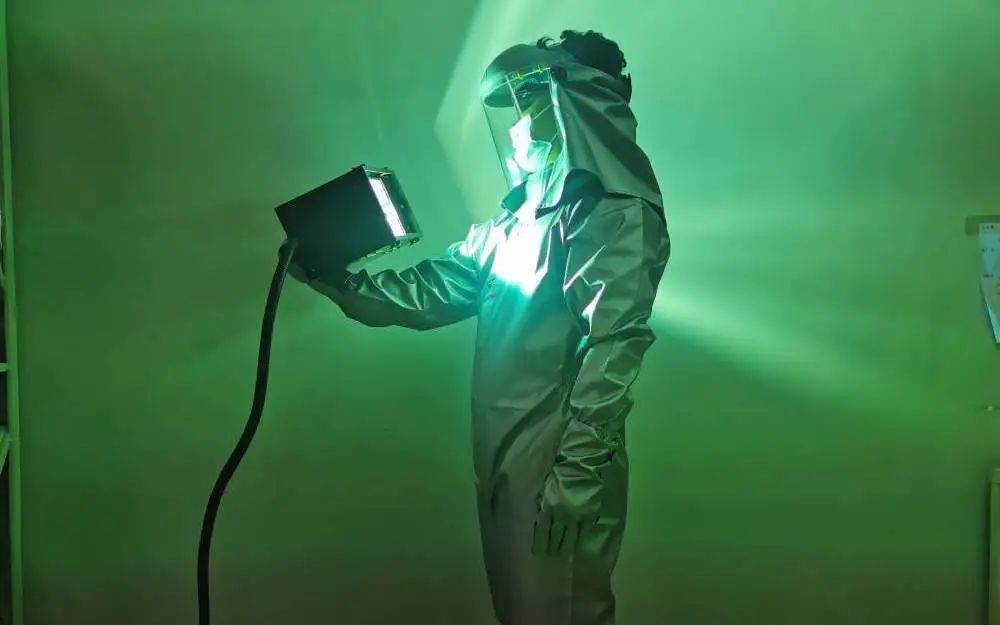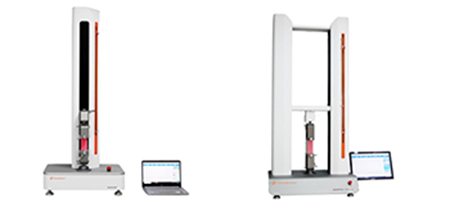Coated fabric: It is a kind of fabric treated by special technology. It can…
Three minutes, Understanding of Coated Fabrics, Coated Textiles Comprehensive
What are coated fabrics, coated textiles? What are the development and future trend of coated textiles? Only by understanding coated textiles can we better guide the future development of coated textiles.
Table of Contents
1 What is the coating?
The concept of coating: In a broad sense, coating is a continuous film coated on some substrate materials (metal, fabric, plastics). There are usually three kinds of coating materials: gaseous, liquid and solid. The type and state of the coating material should be selected according to the properties of the substrate material.
Coating, also known as the “coat” of materials, the role of coating is equivalent to the effect of clothing on the human body, it has protective, decorative and special functions for the matrix material.

1 Protection: mechanical impact, scratch, scour, corrosion and other physical or chemical damage.
2 Decoration: change the appearance, color, luster, texture, surface pattern and other art or decoration effects of matrix materials to meet the diversified and personalized needs of users.
3 Special function: refers to the function of special coating material, according to the U.S. FN LONGO, there are seven categories: wear-resistant coating, Heat resistant oxidation resistant coating, atmospheric corrosion resistant and dip etching resistant coating, conductive coating, and electrical resistant coating, resizing coating, mechanical parts clearance controlling coating, chemical corrosion resistant coating.
2 what is coated fabric, coated textile?
What is coated textile? Coated textile is a material treated by special process (through the post-treatment technology of cloth, belt, pipe, felt and grid), which makes the textile surface form a uniform coating compound. The coated fabric is a kind of coated textile, which consists of two or more layers of material, at least one layer is fabric and the other layer is completely continuous polymer coating. (For the difference between fabric and textile, refer to this article: https://www.testextextile.com/whats-difference-fabric-textile/)

However, this explanation is professional and unfamiliar, the average person may not think of which of the life is coated textiles. When you are on the highway, you will see the big cloth mantle that covers the goods on the roaring van next to you, and you will cover your car with a raincoat like the clothes of the car on a rainy day. Including our own rain gear, as well as most of the breathable sneakers upper and so on, these are coated textiles. The main common coated textiles are: PVC coated fabric, PTFE coated fabrics, PU coated fabric, Teflon coated fabric, silicone-coated fabrics, vinyl coated fabrics and so on. Coated textiles are widely used: not only can make waterproof clothing, tents, shoes and socks, curtains and other daily necessities; but also can be used in transportation, navigation, various machine accessories, and other industrial fields. As shown in the following figure:

3 History of coated textiles: the history of the development of PU polyurethane and PVC polyvinyl chloride
At the end of the 18th century, Britain invented the method of making rain-proof cloth and artificial leather with rubber latex. Goodey invented the method of sulfur vulcanized rubber, which made the rain-proof cloth and artificial leather harden as expected, and the properties of heat and viscosity were improved.
At the beginning of the 20th century, PVC coating has been used in rain-proof tarpaulin, artificial leather sandals and so on. By the early 1950s, PVC coated products were similar to natural leather in feel, strength, and luster, and had become a substitute for natural leather.
At the end of 1960s, with the development of polymer chemistry and the emergence of polyurethane(PU) coated fabric, which solve the problem of poor cold resistance and heat resistance of PVC coating, and the appearance and feel of PU coated fabric were more like natural leather, which promoted the development of shoe industry, clothing industry, and luggage industry.
After the 1980s, due to the rapid development of nonwovens industry, it provided rich and varied base cloth for man-made leather and synthetic leather. Such as acupuncture, spunlaced, ultra-fine fiber, multifunctional fiber, and other nonwovens have greatly promoted the quality of synthetic leather products (high simulation and high performance synthetic leather).
4 The future trend of coated textiles
In recent years, because of the development of polymer science, a variety of coating agents (such as polyurethane, polyacrylic acid, silicone rubber, hot melt resin, etc.) and various fibers (such as ultra-fine fiber, hollow fiber, composite fiber, etc.) have been provided. At the same time, with the continuous development of coating agents, new coating technologies is also emerging, such as foam coating, hot melt coating, spinneret coating, wet coating technology, etc., make the variety of coated fabric more diversified and functionalized, specifically, there are the following three general directions.
4.1 Environmental protection direction: With the increasing awareness of environmental protection and the promulgation and implementation of IS0 14000, in the process of synthesis and application, environment-friendly coating adhesive without solvent pollution is the main development direction at home and abroad. Ureattech, launched by Polytech, the U.S., is said to be known as a “high-tech product for the new century”.
4.2 High-level special functional direction: The fabric can be given special functions after coating treatment, the currently coated fabric has the functions of wind-proof, water-proof, moisture-permeable, down-down, flame-retardant, light-shielding and the like. With the development of science and technology, the finishing of the functional coating will be more and more, the heat preservation, the warming, the antibacterial, the sound-proof, the magnetism, the electric conduction, the flash, the noctilucent, the reflective finishing and so on. Biochiton, as in Asahi Kasheid, Japan, is to add chitin to the polyurethane coating, which is said to keep body fluid clean and has a certain health-care effect. It can be believed that coating technology will develop in the direction of refinement and high technology.
4.3 Multifunctional direction: On the basis of improving waterproof and moisture permeability, giving other functions to coated fabric is the development trend of coating in the future. Tianjin Institute of Textile Technology (predecessor of Tianjin University of Technology) added flame retardant (Antiblaze100) to hydrophilic PU waterproof and moisture permeable coating agent (Qua1itex-916 A&B), which can achieve the effect of waterproof, moisture permeable and flame retardant. According to Mitsubishi, the fabric “Azekura” adopting the shape memory PU coating is not only waterproof and breathable but also can adjust the body temperature.
Coated fabric tends to be a kind of high-tech and high value-added products more and more. The development of coating finishing technology depends on the performance research and development of coated textiles. Research and development is a long-term solution, the key factor lies in the possession of high-quality textile testing instruments and professional technical personnel, only by training outstanding talents and finding suitable testing instrument partners, can we adapt to the changes of the times and continue to develop and grow.




This Post Has 0 Comments